See this tanuki? Aren’t his balls cute? Welcome to Japan, where raccoon-dog genitals are universally admired.
Posted by Amy Chavez (Page 2)
Every time I visit my home country and talk about my life in Japan, one thing becomes clear to me: Japan remains incredibly misunderstood overseas. With this in mind, today we’ll be discussing three stereotypes of Japan: the country’s apparent disdain for those who stand out from the crowd, the notion that Japan is a strict society, and that the idea of ‘losing face’ is a quintessentially Asian concept.
We’ve all heard about how safe Japan is. But unless you live here, you may not understand why Japan is considered so safe. The uninitiated may presume that safety is enforced through a rigid society that doesn’t allow freedom of expression, that Japanese people are too worried about losing face to commit a crime, or that the government comes down unnecessarily hard on people who step out of line. In reality, none of these rings true.
But we can’t deny that there’s one thing that Japan does better than anyone else. Join us after the jump for some insights and our own observations.
Japanese often say that a good view makes a meal taste better, so it goes without saying that a cute-looking lunchbox would also enhance the contents inside. From meals served in Shinkansen-shaped containers or rabbit-faced boxes that can be reused as coin banks, to lunch boxes that play music or have collector’s items hidden inside, Japan’s ekiben take Japanese food to a whole new level.
Today we’d like to tell you about “Ekiben”, a little book by Aki Tomura which introduces the best and most unique train station lunch boxes in Japan. We’ve chosen just a few to highlight from this gorgeously photographed, pocket-size book. The word Ekiben is a combination of two Japanese words: eki (station) and bento (lunchbox), so make your next train trip a gourmet ride with these bento available at various JR stations—just waiting for you to buy, smile, and devour.
Let the fun begin!
Have you ever wondered what the most spectacular views in Japan are? Allow us to enlighten you!
Recently, we told you about Japan’s top three night views according to the Night View Summit 2015. You may have also heard about Japan’s Three Scenic Spots, one of the many lists of the top three this or that in Japan. So, what’s the deal with all these lists? And who designates them? Find out while checking out some of the best scenery Japan has to offer.
Believe it or not, train stations are one of the best places to buy gifts in Japan. Train station omiyage (gifts brought back from your travels) are usually edible, representative of the local culture, and are well-received by everyone from colleagues at work to friends or neighbors.
Whereas in the west we tend to keep a person’s personality and their likes in mind when buying a gift, thankfully in Japan, it’s much easier—just buy what’s most popular! In convenient Japan, you’ll find most of the decisions already made for you, so all you have to do is decide how many pre-giftwrapped boxes you want of each item, and you’ll soon be on your way. You can even wait until you’re on the train to buy them from the vendor pushing their cart up and down the aisles on the Shinkansen.
While initially the array of train station omiyage may seem baffling (hundreds of choices!), in this article we whittle it down to the most popular picks; the things that anyone would love to receive. We’ll start in Hokkaido up in the north and move down the archipelago station by station, highlighting the most popular gifts sold at each bullet train station. At the end, we also offer some suggestions on what to purchase if you’re looking for souvenirs from Japan to take abroad.
Walking through Japan can be a truly uplifting experience. You see so much more by walking through places, especially sacred places. It’s different from walking to them, seeing, and then leaving. Another bonus is (unless you’re climbing Mount Fuji), there are no crowds since, in our modern world, it just doesn’t occur to most people to see things on foot. As we learned previously, quite a few of Japan’s World Heritage Sites are on hiking trails, and the World Heritage Sites of the Kii Peninsula are also located conveniently along ancient pilgrimage routes of the past.
The Kumano Kodo (actually a network of trails) has been traveled by Japanese worshipers for over 1,000 years. By following the route, you not only get to see ancient Japan, but you’ll encounter nature worship everywhere you turn. You’ll feel more like you’re experiencing ancient Japan, rather than just looking at it from the outside.
Come with us now as we hike our way along the Nakahechi route, the well-groomed, often cobble-stoned path that connects a string of quaint little towns where you can book into comfortable ryokans serving gourmet food and offering hot spring baths to soothe your tired muscles. This is glamping—Japanese style!
Vegetarians traveling to Japan may find it difficult to find food that fits their dietary lifestyle. Fish seems to be in everything including the soup stock used to make miso soup. To make matters worse, many foods in convenience stores, bakeries or even Starbucks have misleading labels, and that “vegetable sandwich,” or “vegetable pizza” may actually have meat in it too! You can order foods like okonomiyaki or monjayaki with no meat, but you still can’t be sure it won’t come with shredded fish flakes on top that there isn’t fish lurking in the dashi-based sauces.
I always recommend to my vegetarian friends that rather than asking Japanese restaurants to make something special for them, it’s better to just order food that doesn’t have fish or meat (or dairy) in it from the beginning. Fish has always been a staple in the Japanese diet, but the eating of wild and domestic game was banned for over 1,200 years in Japan, and Buddhist tradition gave rise to a special vegetarian cuisine called shojin ryori. Even now, the traditional Buddhist meal called ozen (rice, miso soup, pickles, boiled/simmered vegetables and beans), is still served at funerals in Japan.
So traditionally, there is a lot of vegetarian food in the Japanese diet. You just have to discover it. And RocketNews24 is here to help! In this article we’ll introduce you to common Japanese dishes that can be ordered at almost any Japanese restaurant that have no meat, fish or animal products in them, so, let’s jump into Japanese vegetarianism 101.
Japan’s major cities offer just about everything, but did you know that includes great nature trails? From forests and waterfalls to ancient temples and shrines, many of Japan’s best hiking trails are literally just a step off the bullet train. If you have a Japan Rail Pass, you’ll find it even harder to resist these hikes near Tokyo, Kyoto, Osaka, Kobe, Hiroshima and Fukuoka. Got a day–or even a half-day–to spare? You can still get your hike in!
These hiking routes make it convenient to explore Japan’s natural surroundings. No long drives to get out to the countryside, no great changes in altitude, and there’s always a good view waiting at the top. The trails are sign-posted, well-maintained, and many pass through historic districts and are tailored for sight-seeing by foot. You’ll find eating establishments, public toilets, lockers and even hot springs along the way on some of them. In short, Japan is a day-hikers dream! And if you like to run, these hiking courses make great running trails too.
Osaka is famous for Osaka-style okonomiyaki as well as takoyaki. We’ve taught you all about okonomiyaki before, including how to make it at home, and we’ve taken you with us octopus hunting in the Seto Inland Sea where we showed you not only how to catch an octopus, but how to turn its head inside out. So it’s only natural that we feel you are ready to advance your octopial knowledge by exploring what happens to the eight-legged creatures after the catch. Welcome to the wonderful world of takoyaki, battered octopus balls!
Takoyaki is to Osaka what monjayaki is to Tokyo. There’s even a Takoyaki Museum just outside of Universal Studios Japan on the Universal City Walk, with a collection of food stalls where visitors can taste varieties of the snack as well as see the implements used to make it. And since this is Japan, you can also buy numerous takoyaki-inspired souvenirs.
Let’s delve into the delectable world of takoyaki together, after the jump.
These days in Japan, you can get almost anything. Nonetheless, there are still some things that remain either hard to find or unavailable at all. We asked our RocketNews24 English writers, as well as a bevy of tourists and expats, what things they’ve made a point to bring into Japan in their suitcases.
If you’re headed to Japan either for a vacation or for a longer stay, you’ll want to take a peek at what items you may want to bring with you. It’s helpful to know, for example, that if you plan on sleeping on a queen size bed in Japan, you should be prepared to bring your own linen because Japan only sells bedding sets up to a double. If it’s Skittles candy you’re addicted to, bring a stash of that too. But some people have more extravagant tastes than others, so you’ll surely find yourself saying, “You brought WHAT in your suitcase??” a few times.
Join us for some head-scratching after the jump!
If the idea of your loved ones leaving this earth never to return again seems unfair, then you should consider the Japanese view of the afterlife. While nothing can change death itself, it is comforting to know that in Japan there is a special time of the year when the souls of the dead come back to visit the living. This is called Bon (or Obon using the honorific “o”) a holiday period from August 12-16 (exact dates may vary depending upon location), a time when the entire country takes a break to celebrate the “festival of the dead.” It’s a lively few days when the living and the dead can once again unite to eat together, drink together and share good times.
The Bon tradition gives the country some of the unique dances that Japan is so famous for. Tokushima’s Bon dance, called Awa Odori, for example, draws over one million tourists every year. Traditional Bon entertainment is so lively, colorful and intriguing that a Bon dance is a must-see on every traveler’s itinerary.
Today we’ll introduce you to a five things you should know about Obon. Needless to say, it’s a very exciting time to be in Japan as a tourist!
There’s no need to use toxic substances to kill off unwanted insects in Japan, because there’s a much more eco-friendly method they’ve been using for hundreds of years. Although it may not be scientifically proven, many people feel this is still the best way to get rid of everything from garden aphids to mosquitoes. And if the method has endured for centuries, it must be at least somewhat effective right?
This uniquely Japanese insect repellent is far cheaper than commercial insecticides, easier to implement, and you only have to use it once a year in spring or early summer. And the best part? It involves Japanese sake!
What’s the secret? We’ll let you know after the jump.
Japan is often perceived as a safe country. The nation of 127 million people boasts some of the lowest rates in the world for serious crimes such as murder, robbery, and rape. In addition, Japan continually ranks high on the Global Peace Index. And while it may sometimes seem like stalking and crime against children is rampant in Japan (the stalking rate hit a record high of 22,823 this year, up from 21,000 in 2013), this perception comes largely from widespread media exposure. In the U.S., for example, it is estimated that 6.6 million people are stalked per year.
While serious crime may not rank as high as in other developed countries, there are plenty of the other offenses that Japan excels at, and the country has its share of unscrupulous nationals. These are the things you probably haven’t heard so much about. Today we look at five crimes, some of them strangely Japan-specific.
Greg Cope and Ken Mitchell have been riding Japan’s railways for over 30 years. “When I first started to travel around Japan,” recalls Greg, “I was struck by the fact that Japan not only has one of the most efficient railway systems in the world, but they have myriad types of railways, from new to old, conservative design to outlandish.”
On one of Greg’s succeeding trips back to Japan, he asked his train aficionado friend Ken, who had seen a lot of Japan during a visit in 1967, to come along. “I devised an itinerary…incorporating a variety of different trains. The trip that I had nutted out from the timetable turned out well and I was hooked on Japan’s railway system,” says Ken.
Greg and Ken wanted to share their Japan rail experiences with others, so to achieve this goal they started Trainaway Tours out of Australia in 1998. These guys are living the train otaku dream, so when RocketNews24 started looking into Japan’s best, most scenic railways, we went straight to them for recommendations. From JR lines to small private rails, tourist trains to steam locomotives, let’s look at their picks for the top 10 train trips in Japan.
In Japan almost everyone hangs out their laundry to dry rather than using costly, energy-guzzling clothes dryers. Foreigners have no problems complying, but one quickly learns that underwear is special–you don’t hang it out with the rest of your clothes where others might see it (or try to see it). The “smallies” are to be hung up inside. When you think about it, it does make sense. But other things are harder for foreigners to get used to and yet others just don’t make sense at all to us so are harder to incorporate into our lifestyles here.
Pooling responses from expats living here in Japan and the RocketNews24 staff, today we’re sharing the most common things that we just can’t quite embrace like the Japanese do, no matter how hard we try. Join us after the jump as we reveal the secret life of gaijin…but shhhh, don’t tell anyone!
When you first set foot in Japan, it’s hard not to be impressed by the efficiency and social order. The streets are clean, trains run on time, and the people are quiet and polite, yet possess enough of the bizarre to be intriguing (cosplay, line-ups for chicken ramen-flavored ice cream or Lotteria 5-pattied tower burger anyone?).
Living in Japan, or even just visiting, can be a life-changing experience. No one returns to their country the same person as when they left. Here are some of the things that make such an impression on foreigners, they cause us to think a second time, and alter the way we think, act, or view the world. In short, they prompt us to make life changes. Just when you thought you knew it all…
Okonomiyaki is one of the most popular foods cooked at home in Japan. One of Japan’s Top 10 Comfort Foods, the dish is fun to make with family or friends and best of all, it’s easy! Okonomiyaki is also popular with foreigners who when visiting Japan can sample the dish at any of the myriad specialty restaurants dedicated to this vegetable-rich meal.
So, what exactly is okonomiyaki? And how do you make it? Glad you asked!
Read on to find out more about this simple dish: watch a how-to video showing you how to make it, check out photos that show you some unusual ingredients, and get inside tips from Kazuko who regularly makes the dish for her seven grandchildren.



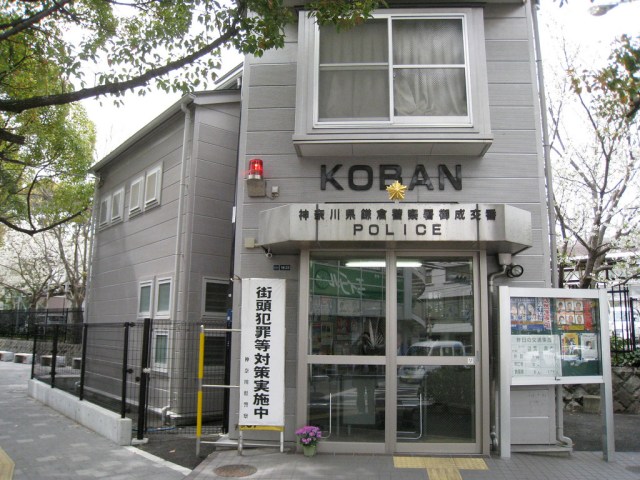

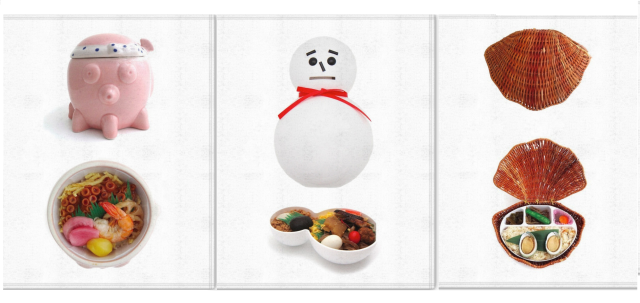

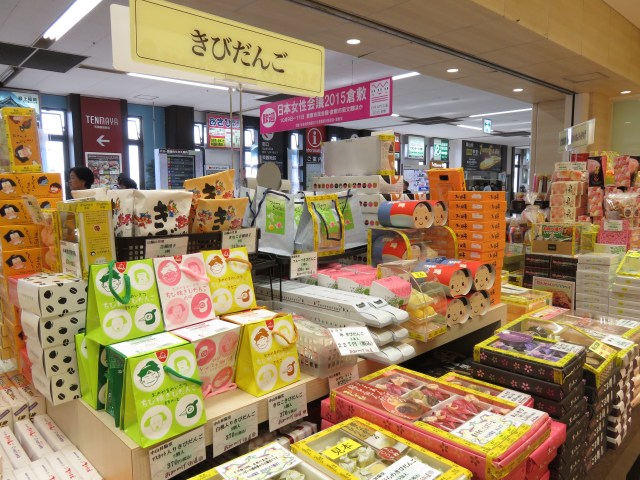
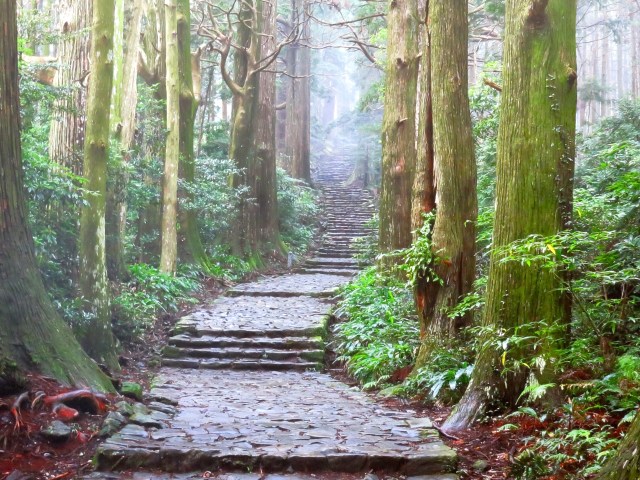
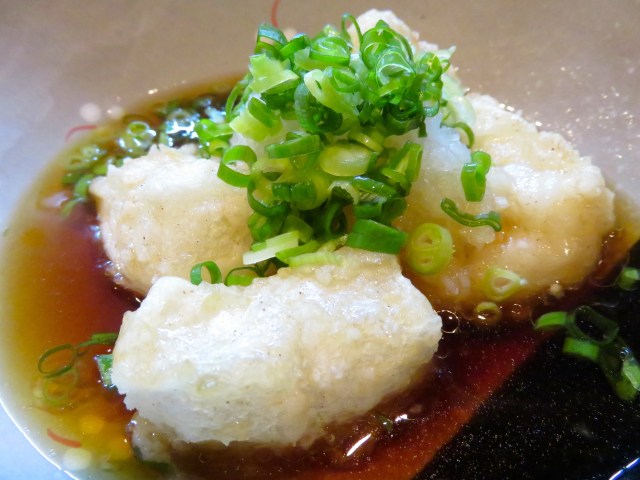
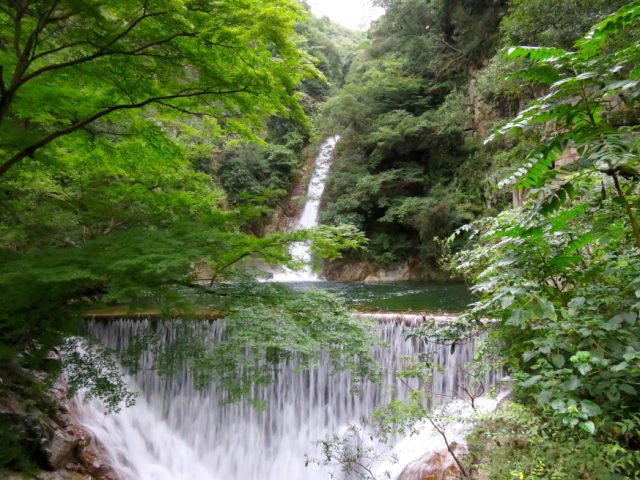
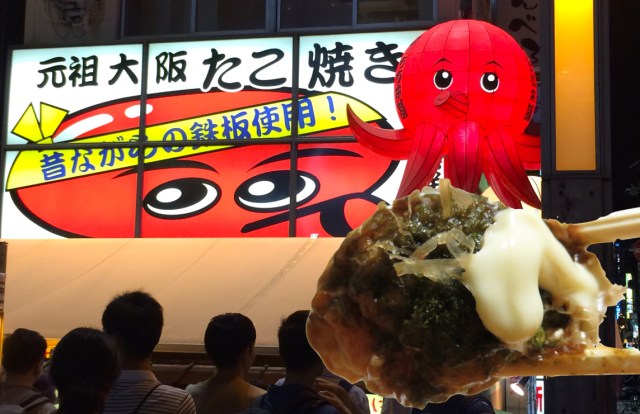
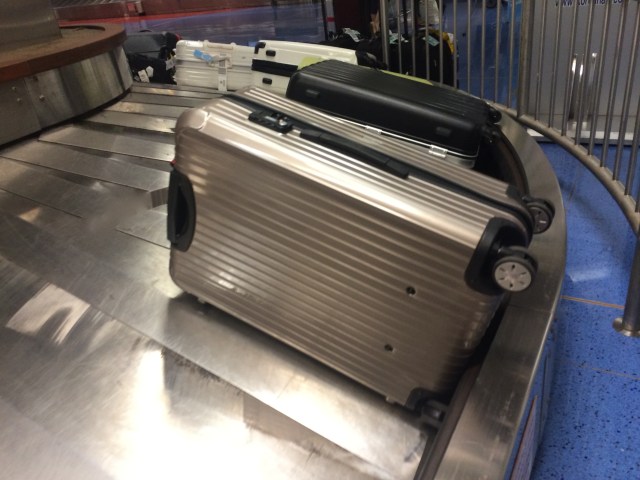
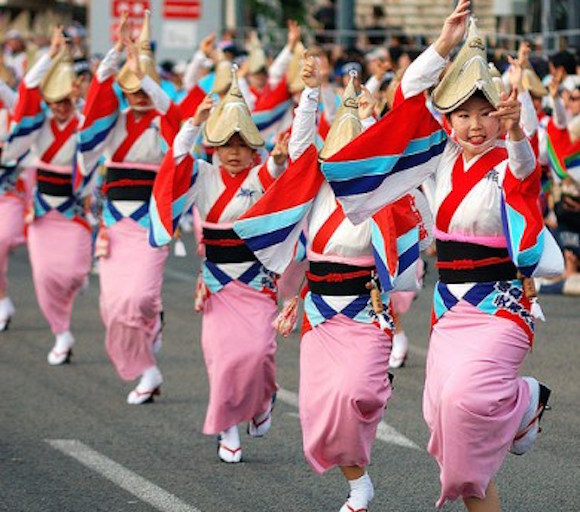
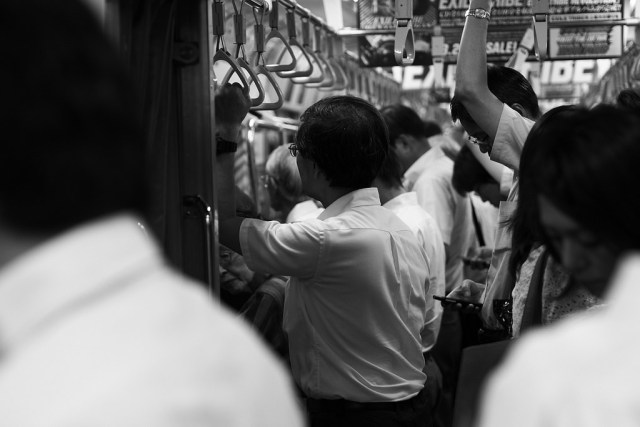
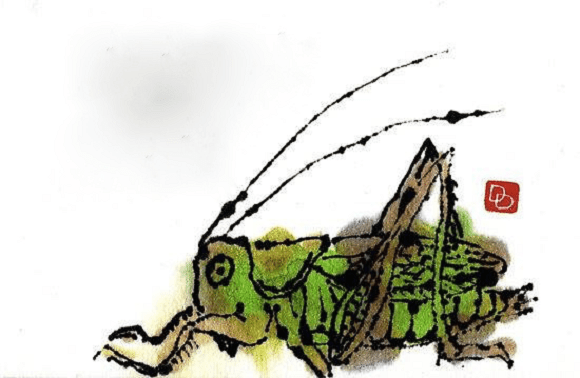

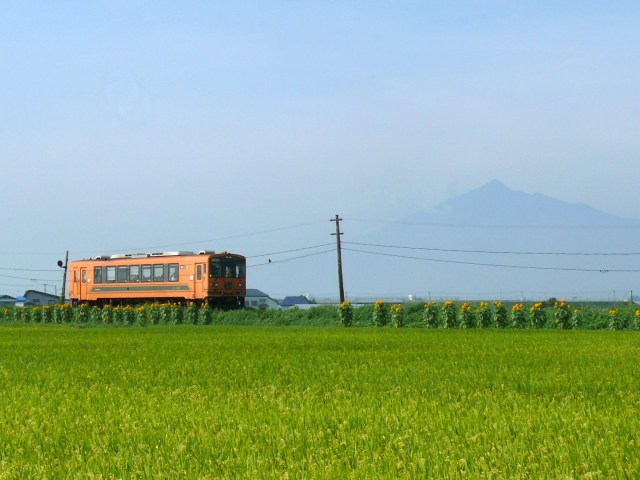


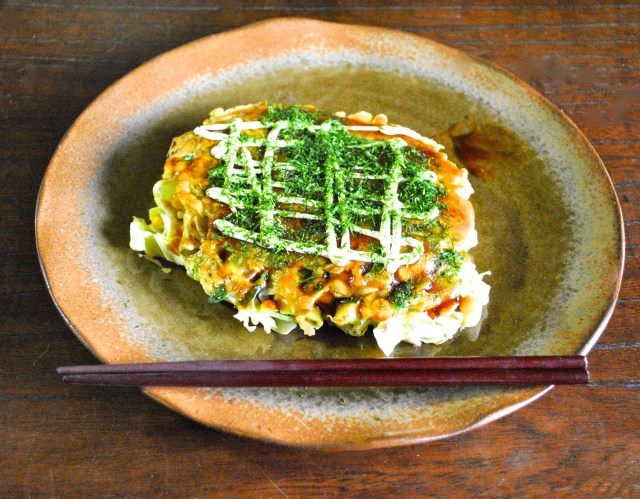
 Majority of Japanese mayors say foreign residents are essential but most see good and bad effects
Majority of Japanese mayors say foreign residents are essential but most see good and bad effects Four Shinto shrines to pray for love at in Japan to start the New Year
Four Shinto shrines to pray for love at in Japan to start the New Year Village Vanguard’s most expensive Black Lucky Bag sets an ominous tone for 2026
Village Vanguard’s most expensive Black Lucky Bag sets an ominous tone for 2026 Japanese beef bowl chain Sukiya’s 2026 Smile Box lucky bag basically pays for itself
Japanese beef bowl chain Sukiya’s 2026 Smile Box lucky bag basically pays for itself Should you dip your cake in sake? One Japanese brewer says no, but actually yes【 Taste test】
Should you dip your cake in sake? One Japanese brewer says no, but actually yes【 Taste test】 Survey finds more than 70 percent of Japanese children have an online friend
Survey finds more than 70 percent of Japanese children have an online friend We eat at three Japanese family restaurants to find the one with the best-value breakfast
We eat at three Japanese family restaurants to find the one with the best-value breakfast Japanese city gets its very own Starbucks Frappuccino for a limited time
Japanese city gets its very own Starbucks Frappuccino for a limited time Japan’s otoshidama tradition of giving kids money at New Year’s gets a social welfare upgrade
Japan’s otoshidama tradition of giving kids money at New Year’s gets a social welfare upgrade Top Secret Cookie Recipe Finally Comes to Light
Top Secret Cookie Recipe Finally Comes to Light Starbucks Japan ready to get Year of the Horse started with adorable drinkware and plushies【Pics】
Starbucks Japan ready to get Year of the Horse started with adorable drinkware and plushies【Pics】 Hayao Miyazaki says Happy New Year to Studio Ghibli fans with new art for Year of the Horse
Hayao Miyazaki says Happy New Year to Studio Ghibli fans with new art for Year of the Horse 7 great places to see Mt. Fuji from without having to climb it
7 great places to see Mt. Fuji from without having to climb it We found possibly the quietest Japanese-style hotel in Tokyo’s bustling Shinjuku district
We found possibly the quietest Japanese-style hotel in Tokyo’s bustling Shinjuku district Cup Noodle tries an authentic Jiro-style ramen, but something’s not quite right
Cup Noodle tries an authentic Jiro-style ramen, but something’s not quite right Hello Kitty Choco Egg figures are an adorable trip through three periods of Japanese pop culture【Pics】
Hello Kitty Choco Egg figures are an adorable trip through three periods of Japanese pop culture【Pics】 Japan’s oldest largetooth sawfish in captivity back on display in Mie Prefecture
Japan’s oldest largetooth sawfish in captivity back on display in Mie Prefecture Cyberpunk anime meets traditional culture in Ghost in the Shell gold leaf Japanese changing screens
Cyberpunk anime meets traditional culture in Ghost in the Shell gold leaf Japanese changing screens The best Starbucks Japan Frappuccinos we want to drink again in 2026
The best Starbucks Japan Frappuccinos we want to drink again in 2026 We revisited Sweets Paradise after a decade to see if Japan’s dessert buffet still delivers
We revisited Sweets Paradise after a decade to see if Japan’s dessert buffet still delivers 7-Eleven Japan starts new temporary luggage storage service in over 300 branches
7-Eleven Japan starts new temporary luggage storage service in over 300 branches Disillusionment at Tsukiji’s tourist-target prices led us to a great ramen restaurant in Tokyo
Disillusionment at Tsukiji’s tourist-target prices led us to a great ramen restaurant in Tokyo Starbucks teams up with 166-year-old Kyoto doll maker for Year of the Horse decorations【Photos】
Starbucks teams up with 166-year-old Kyoto doll maker for Year of the Horse decorations【Photos】 Tokyo considering law requiring more trash cans following litter increase in heavily touristed area
Tokyo considering law requiring more trash cans following litter increase in heavily touristed area Tokyo’s Tsukiji sushi neighborhood asks tour groups to stay away for the rest of the month
Tokyo’s Tsukiji sushi neighborhood asks tour groups to stay away for the rest of the month Tokyo event lets you travel back in time, for free, to celebrate 100 years since Showa era start
Tokyo event lets you travel back in time, for free, to celebrate 100 years since Showa era start Sanrio theme park in Japan announces plans to expand into a Sanrio resort
Sanrio theme park in Japan announces plans to expand into a Sanrio resort Japan may add Japanese language proficiency, lifestyle classes to permanent foreign resident requirements
Japan may add Japanese language proficiency, lifestyle classes to permanent foreign resident requirements Stamina-destroying “Paralysis Noodles” are Tokyo’s newest over-the-top ramen innovation
Stamina-destroying “Paralysis Noodles” are Tokyo’s newest over-the-top ramen innovation Survey asks foreign tourists what bothered them in Japan, more than half gave same answer
Survey asks foreign tourists what bothered them in Japan, more than half gave same answer Japan’s human washing machines will go on sale to general public, demos to be held in Tokyo
Japan’s human washing machines will go on sale to general public, demos to be held in Tokyo Japan’s deadliest food claims more victims, but why do people keep eating it for New Year’s?
Japan’s deadliest food claims more victims, but why do people keep eating it for New Year’s? We deeply regret going into this tunnel on our walk in the mountains of Japan
We deeply regret going into this tunnel on our walk in the mountains of Japan Studio Ghibli releases Kodama forest spirits from Princess Mononoke to light up your home
Studio Ghibli releases Kodama forest spirits from Princess Mononoke to light up your home Major Japanese hotel chain says reservations via overseas booking sites may not be valid
Major Japanese hotel chain says reservations via overseas booking sites may not be valid Put sesame oil in your coffee? Japanese maker says it’s the best way to start your day【Taste test】
Put sesame oil in your coffee? Japanese maker says it’s the best way to start your day【Taste test】 No more using real katana for tourism activities, Japan’s National Police Agency says
No more using real katana for tourism activities, Japan’s National Police Agency says Starbucks Japan reveals new sakura drinkware collection, inspired by evening cherry blossoms
Starbucks Japan reveals new sakura drinkware collection, inspired by evening cherry blossoms Updated cherry blossom forecast shows extra-long sakura season for Japan this year
Updated cherry blossom forecast shows extra-long sakura season for Japan this year Survey finds more than 70 percent of Japanese children have an online friend
Survey finds more than 70 percent of Japanese children have an online friend We eat at three Japanese family restaurants to find the one with the best-value breakfast
We eat at three Japanese family restaurants to find the one with the best-value breakfast Japanese city gets its very own Starbucks Frappuccino for a limited time
Japanese city gets its very own Starbucks Frappuccino for a limited time Japan’s otoshidama tradition of giving kids money at New Year’s gets a social welfare upgrade
Japan’s otoshidama tradition of giving kids money at New Year’s gets a social welfare upgrade Top Secret Cookie Recipe Finally Comes to Light
Top Secret Cookie Recipe Finally Comes to Light Starbucks Reserve Roastery Tokyo adds exclusive drinks to the menu for autumn
Starbucks Reserve Roastery Tokyo adds exclusive drinks to the menu for autumn Mr. Sato experiences the all-you-can-eat bread heaven…at Kamakura Pasta
Mr. Sato experiences the all-you-can-eat bread heaven…at Kamakura Pasta We use the Seishun 18 Ticket to travel from Japan to Korea by ferry
We use the Seishun 18 Ticket to travel from Japan to Korea by ferry Cast of this summer’s live-action Naruto stage play looks more awesome than ever in new photos
Cast of this summer’s live-action Naruto stage play looks more awesome than ever in new photos 7-Eleven opens “next generation” SIP convenience store in Japan
7-Eleven opens “next generation” SIP convenience store in Japan Starbucks teams up with 166-year-old Kyoto doll maker for Year of the Horse decorations【Photos】
Starbucks teams up with 166-year-old Kyoto doll maker for Year of the Horse decorations【Photos】 Amazon Japan are selling Uber Eats backpacks and they’re surprisingly useful
Amazon Japan are selling Uber Eats backpacks and they’re surprisingly useful Japanese government considering raising foreign resident visa renewal fees by 400 percent or more
Japanese government considering raising foreign resident visa renewal fees by 400 percent or more